It may not look like much, but this 50kg parachute-style air lift bag represents a significant milestone for UK buoyancy and ballast specialist Unique Seaflex.

Destined to be part of a spread of air lift bags supplied on hire to Bibby Offshore for their North Sea operations, this bag carries the serial number 30,000 – a landmark in the 26-year history of the Isle of Wight based manufacturer.
Air Bag Roots
It is also in fact a case of return to roots for Seaflex, as when established as something of a cottage industry back in 1987 in a partitioned-off corner of an old boatbuilding shed, bags of this size were the core business – and the largest bag produced offered only 500kg of uplift.
In 2013, the largest bag produced at Seaflex’s purpose-built Cowes facility comes in at 50t -1000 times the capacity of this modest-looking 50kg bag.
Global Success
Mark Board, the now-retired founder of Seaflex, commented “When I started out 26 years ago I could hardly imagine the global success story that Seaflex would become today – and supplying the 30,000th bag is tribute to the hard work and dedication of everyone who has worked in the business over this time.”
60,000th Air Lift Bag?
“Seaflex owes a debt of honour to their many thousands of customers past and present, who have taken them to this notable milestone. With the business going through a period of significant worldwide growth, we expect Seaflex to be supplying their 60,000th bag into the market a whole lot sooner than the year 2039.” added Harry Ghandi, CEO of the Unique Maritime Group – longtime Middle Eastern representatives of Seaflex, and owners of the business since 2011.
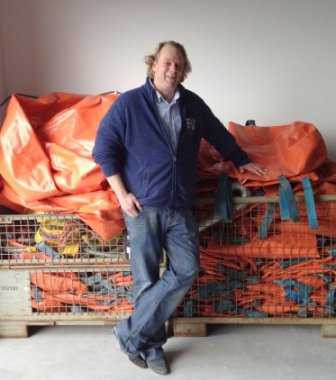
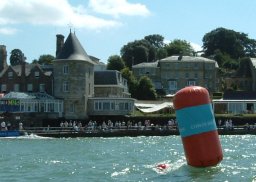

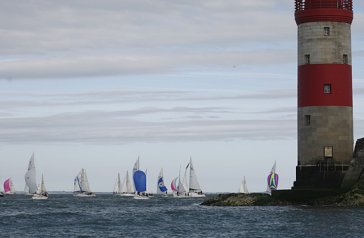
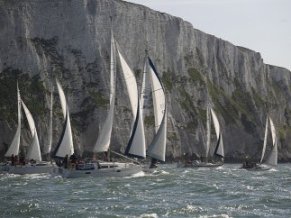
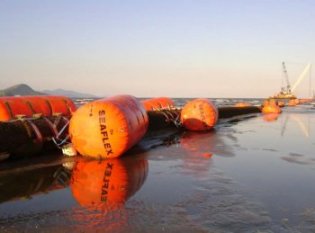
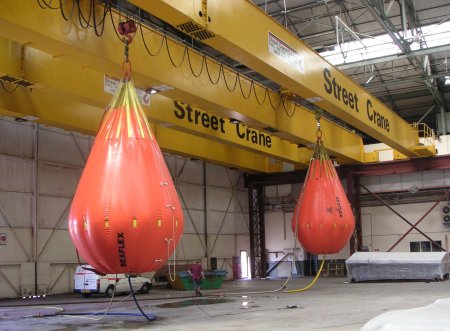




![Platinum_Commercial_overview_page_Commercial_Platinum[1]](https://seaflex.files.wordpress.com/2012/06/platinum_commercial_overview_page_commercial_platinum13.jpg?w=453&h=246)
